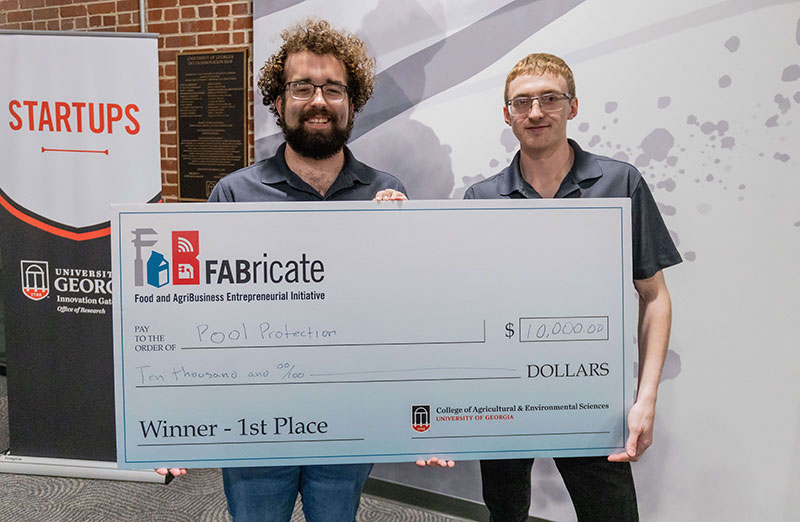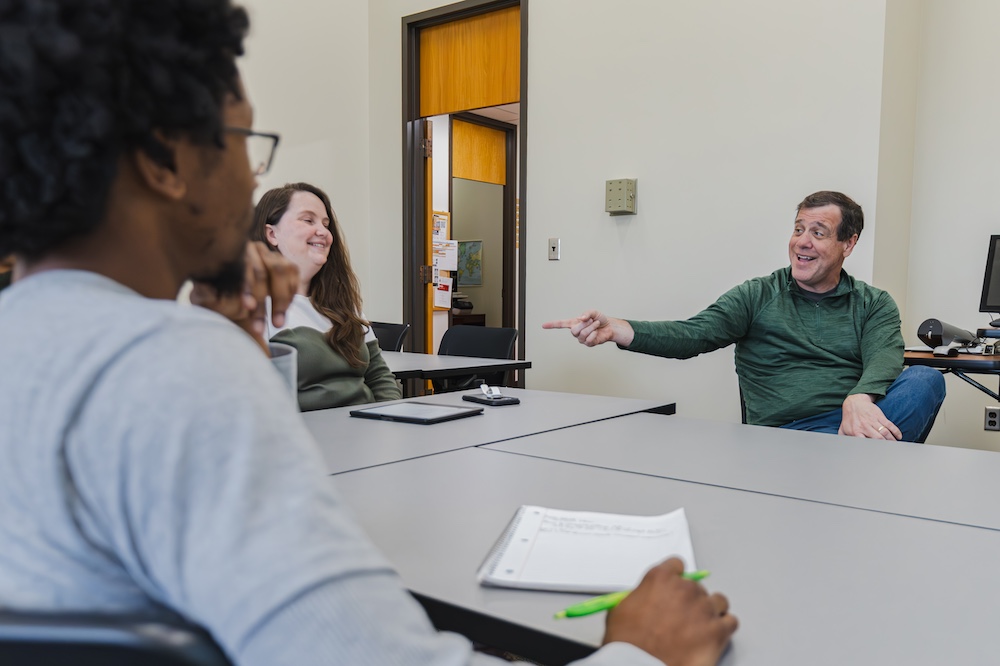University of Georgia and University of Florida (UF) researchers are using weather monitors to combat diseases in strawberry fields.
The researchers are testing the Strawberry Advisory System (SAS) in Georgia strawberry fields. SAS, an app created, in part, by UF plant pathologist Natalia Peres, uses temperature and leaf moisture monitors to recommend when farmers should spray for Botrytis and anthracnose, two fungi that cause fruit rot on strawberries.
Strawberry farmers typically apply fungicides every week during the growing season to prevent and control diseases. The SAS application reduces the amount of fungicide a grower needs to spray. A 2014 Florida study showed that following SAS recommendations could increase growers’ net profits by $1.7 million over a 10-year period when compared to traditional spraying regimens. The system has been tested in Florida for three to four years and in South Carolina for one year. This is the first year that SAS is being used on Georgia-grown berries.
Farmers can install the necessary equipment – a temperature and humidity sensor along with a leaf moisture sensor and cellular communication hardware – for about $2,500.
The UGA College of Agricultural and Environmental Sciences is exploring the addition of leaf moisture sensors to its existing network of 81 weather stations around the state. Collectively, these stations make up the Georgia Automated Environmental Monitoring Network (weather.uga.edu). In the past, a few UGA weather stations included sensors to track leaf moisture. The devices were difficult to keep properly calibrated and were eventually removed, said Ian Flitcroft, manager of the network.
“The UGA weather stations can ultimately be modified to include this device,” said Phillip Brannen, a UGA CAES plant pathologist based in Athens, Georgia. “If a farmer is located close enough to one of our weather stations, he can use that station’s data.”
For this weather-driven system to be effective, farmers must use accurate weather data for the area closest to their farm. “In south Georgia, and in a lot of places across the state, it can rain in one field and the next one can be dry as a bone,” Brannen said.
This season, UGA Cooperative Extension agents in Appling and Hall counties are testing the system in Georgia strawberry fields. The monitoring stations are located in north Georgia and in south Georgia to track how effective the system is where soil types and weather conditions are different.
In Appling County, UGA Extension agent Shane Curry works with farmers in one of the largest strawberry-producing counties in Georgia. He says that the way the berries are picked makes it difficult to track the weather station data’s effect on crop yields.
"Strawberries are picked every other day or every third day, so it’s hard for us to get yield counts each time in a commercial field. We are collecting important data and probably will next season, also,” he said. “Ideally, if we don’t see a yield decrease or a reduction in fruit quality, we can reduce the number of sprays and instead spray based on the weather."
Curry would like to see something similar to the SAS app adapted to other Georgia commodities, like pecans and blueberries, very profitable crops in Appling County. He feels the system would also be useful for controlling Botrytis and anthracnose in blueberries and, with some modifications, pecan scab disease in pecan orchards.
"With the right programming, we should be able to adapt this system or something similar to almost any crop,” Curry said. “The research on the diseases is already done. Using the information we already have from university research and making it available on smart phones through apps could be very beneficial to farmers. It’s still Extension information, but the delivery is different.”
Brannen agrees, and thinks Georgia blueberry farmers waste money and time applying unnecessary fungicide sprays.
“The long-term goal will be to add the leaf wetness sensors to UGA’s weather stations. I’m excited about strawberries, but if we get this to work, we can use it on blueberries or apples, basically any crop that gets Botrytis or anthracnose,” said Brannen, whose research focuses on using weather-monitoring equipment and satellite systems to monitor diseases in fruit crops.
“Strawberries are a minor crop in Georgia, unless you are a strawberry farmer. It’s not like in Florida and South Carolina. Blueberries are first in my next thought process. This system would help us predict whether a farmer needs to spray, and it could save him money, too,” he said. “You could switch commodities – and I think it would work – and then we could use it to predict the occurrence of the same organisms. If we can do that, then we will really be making hay.”
For more information on the SAS app, visit edis.ifas.ufl.edu/ae516.








